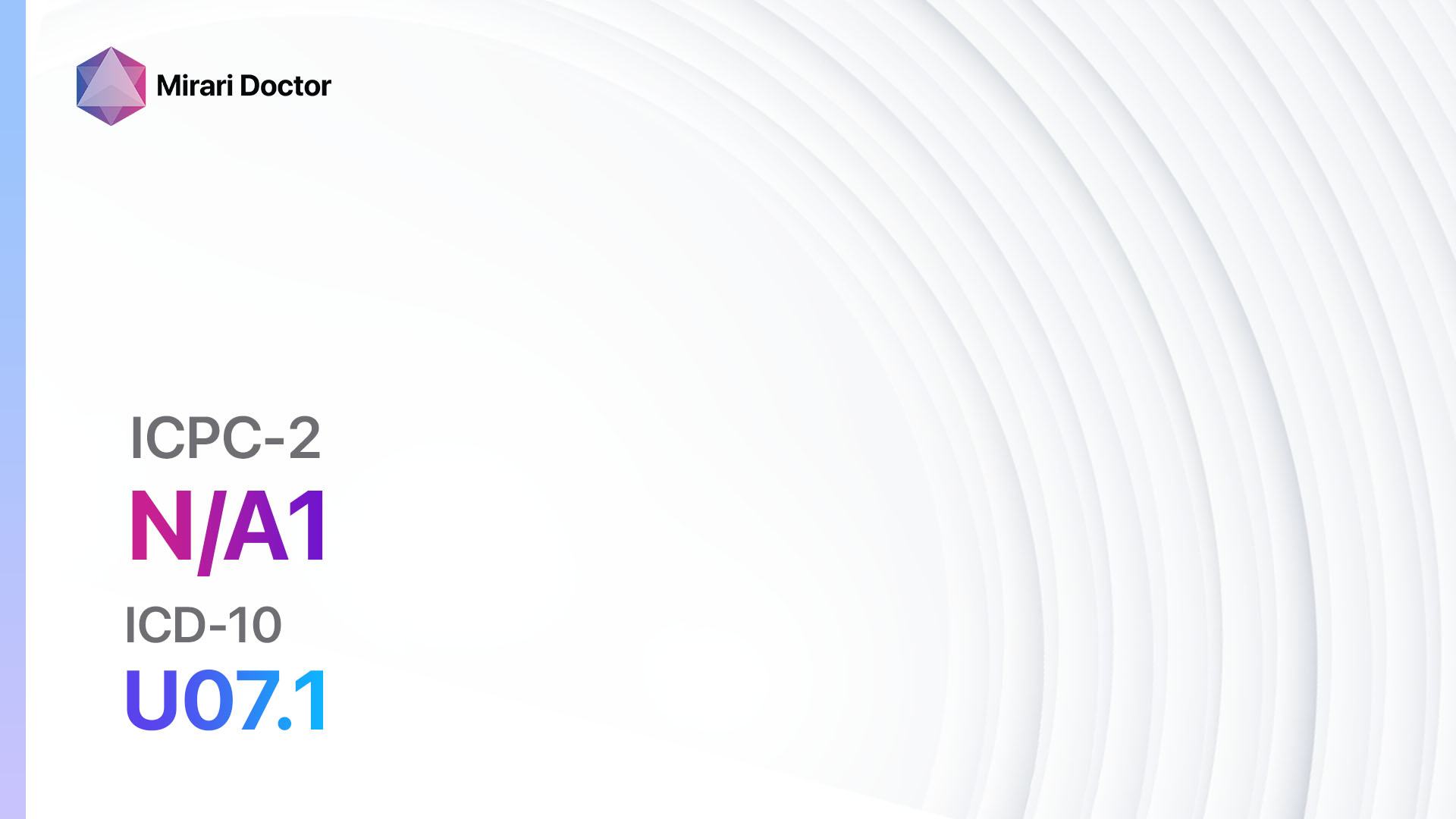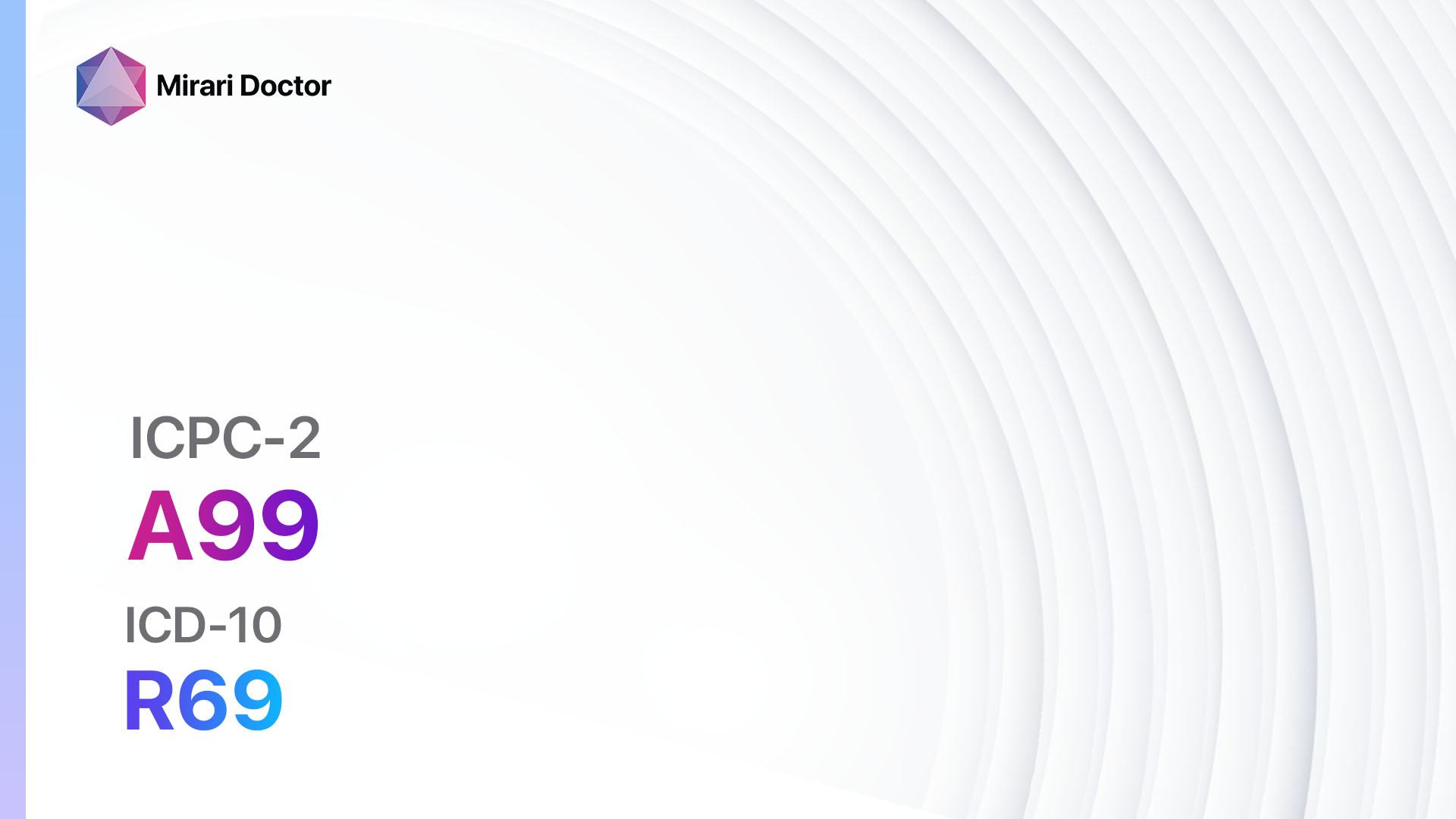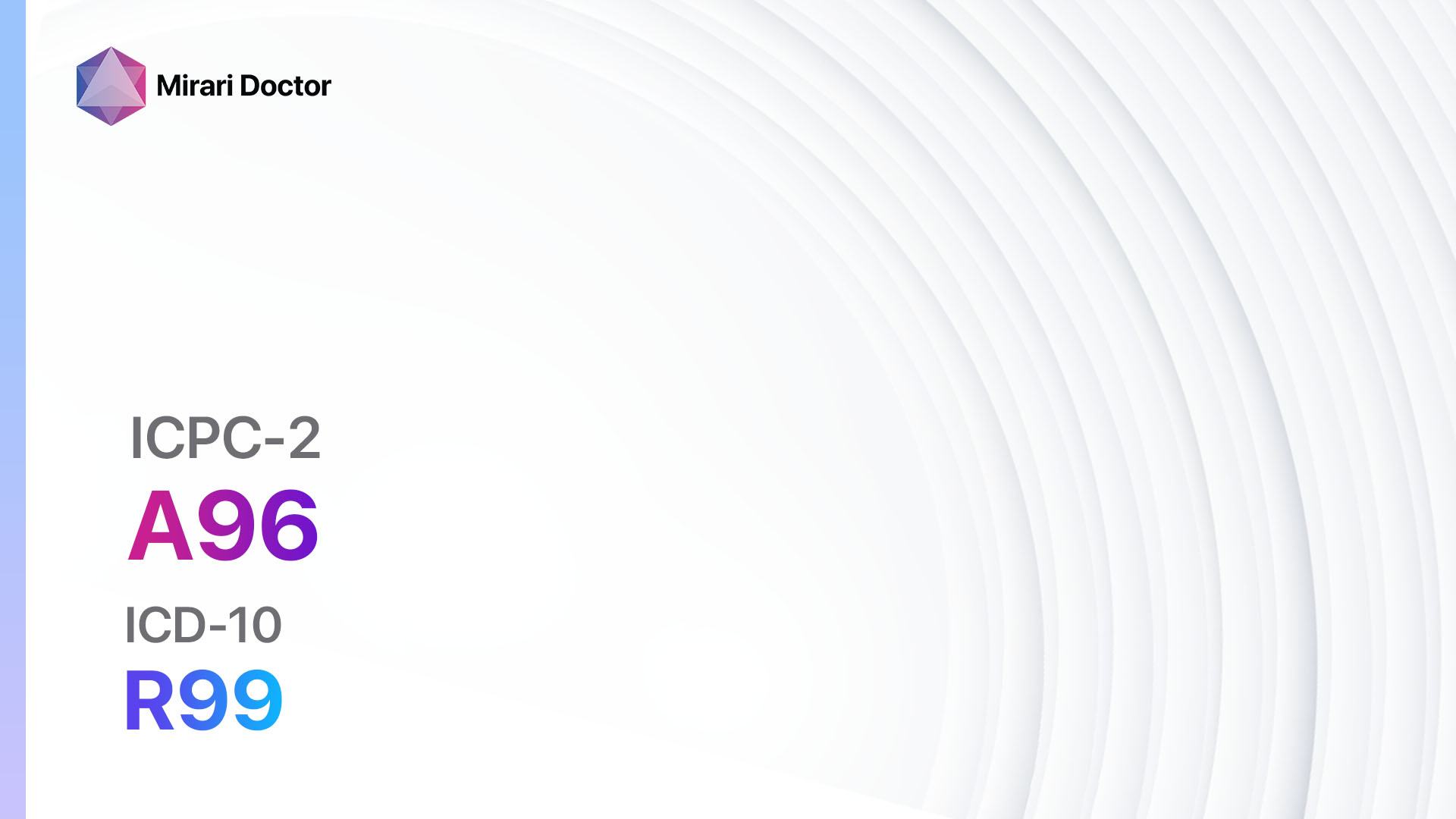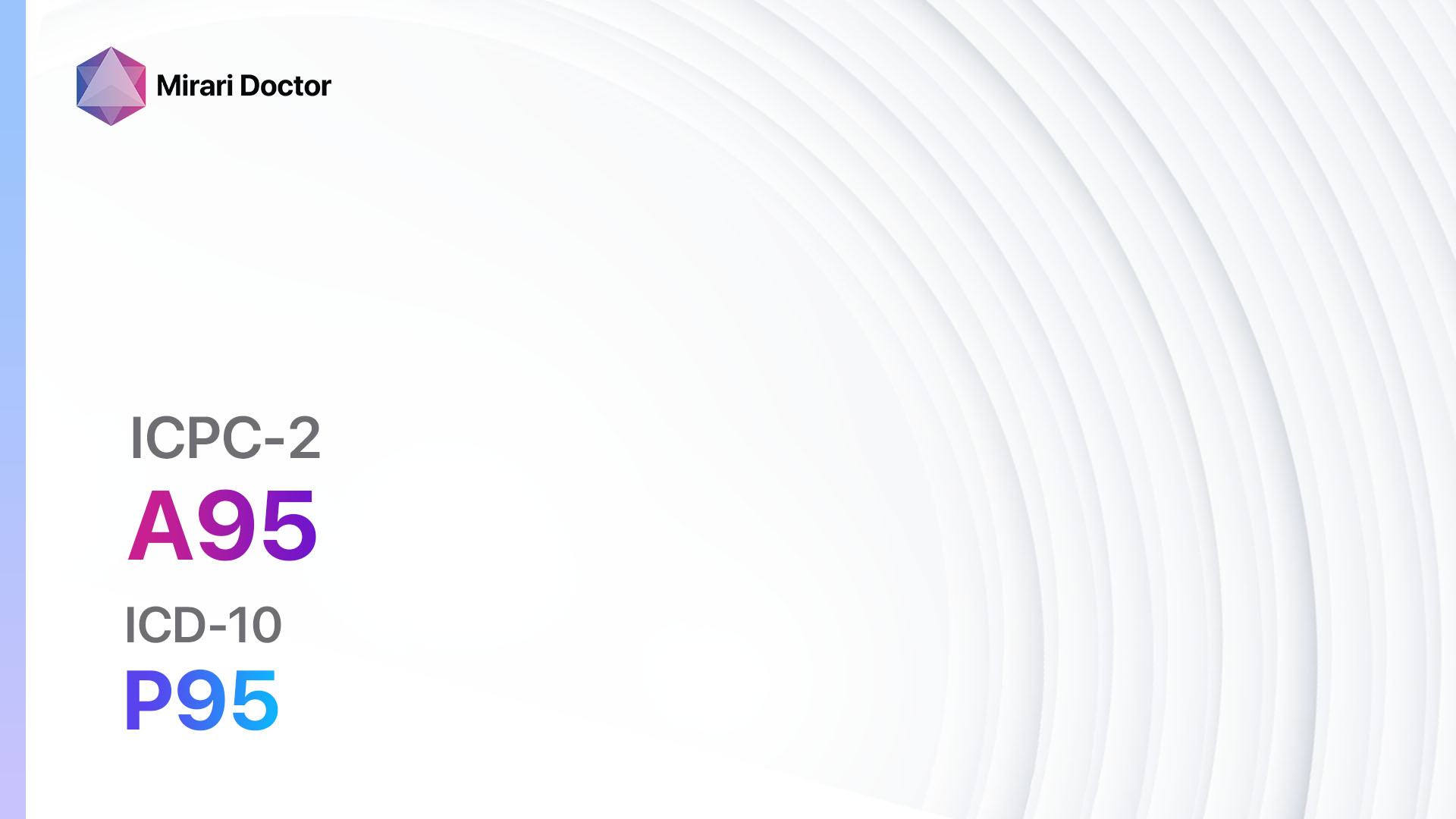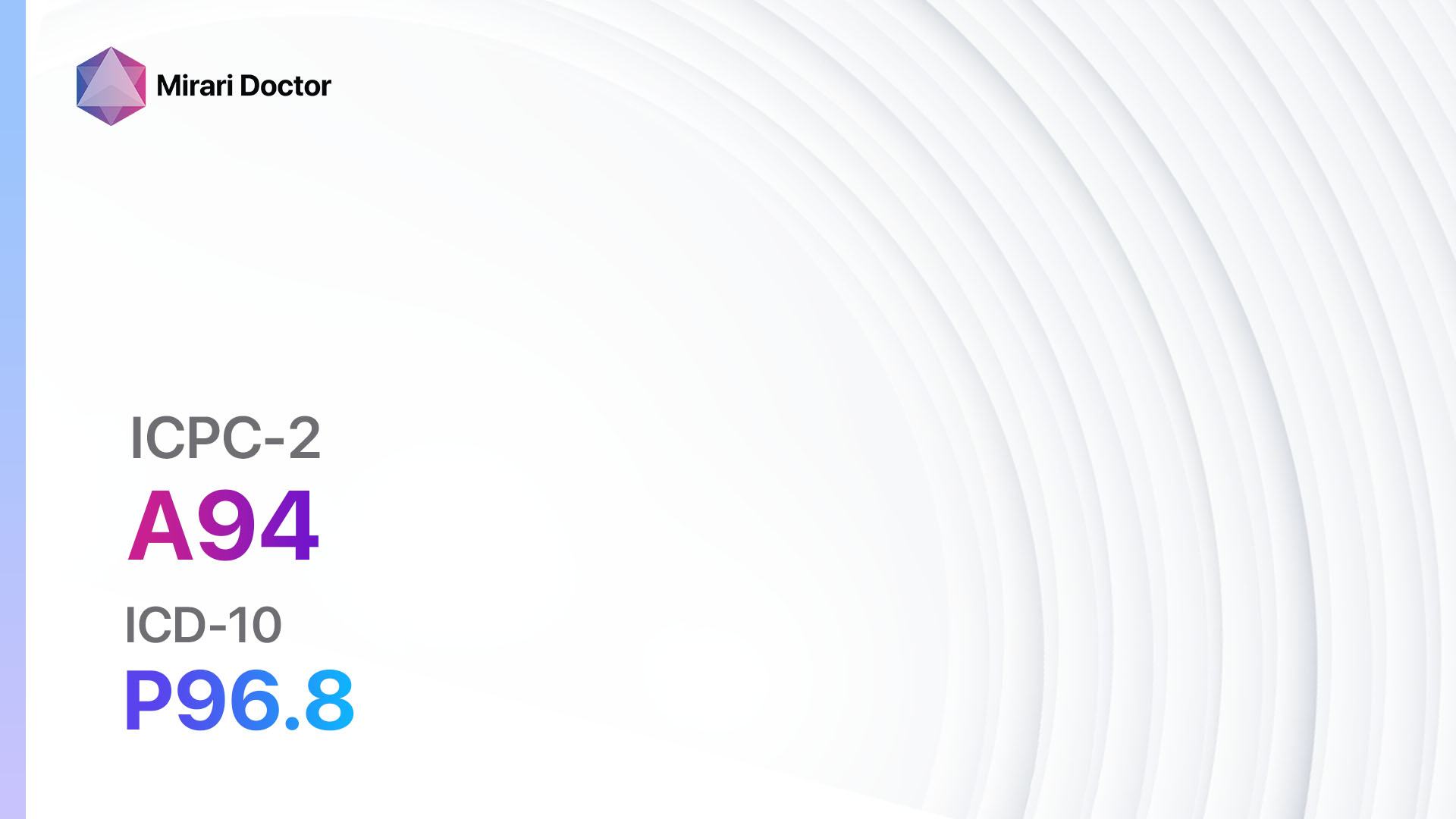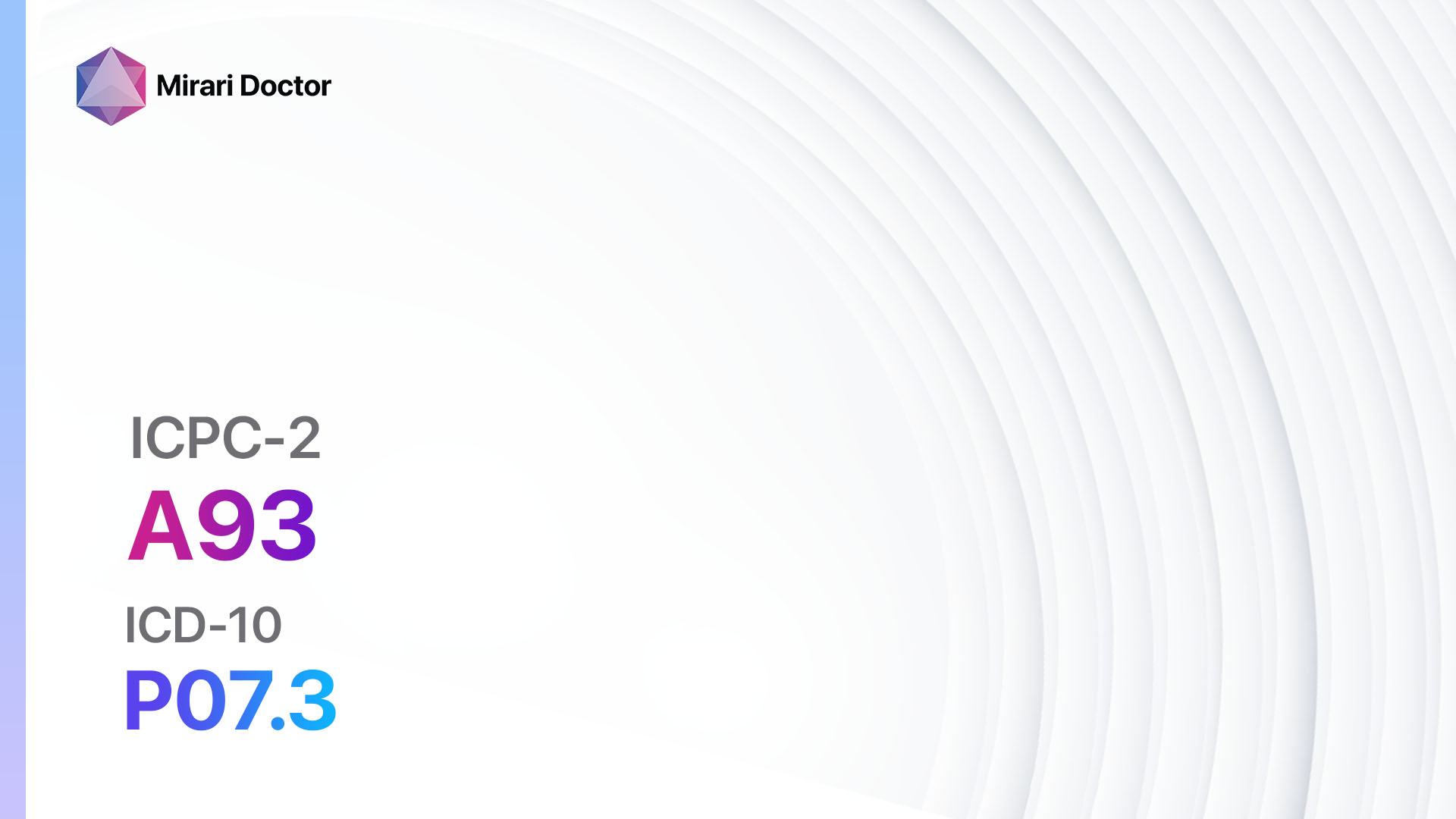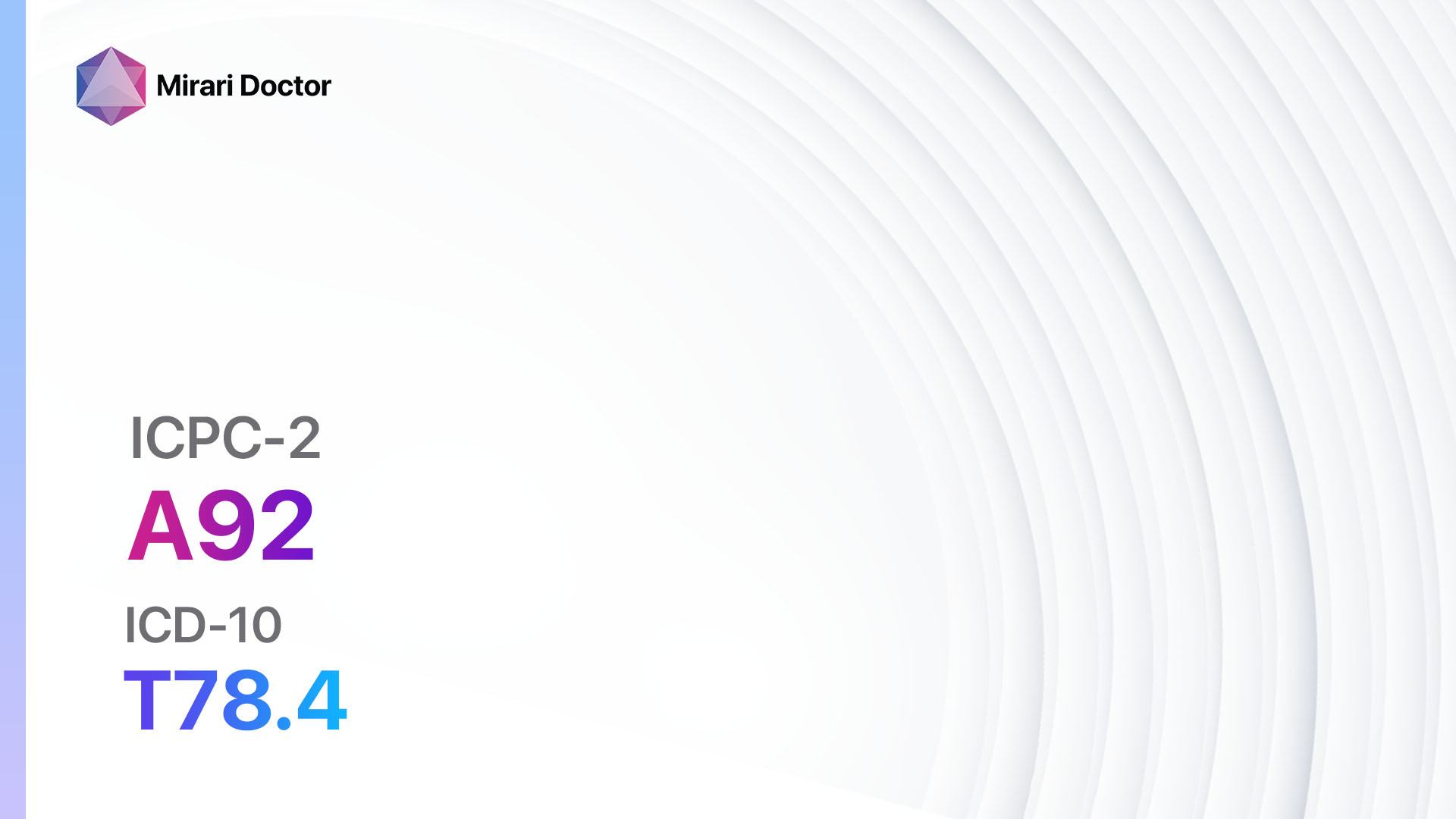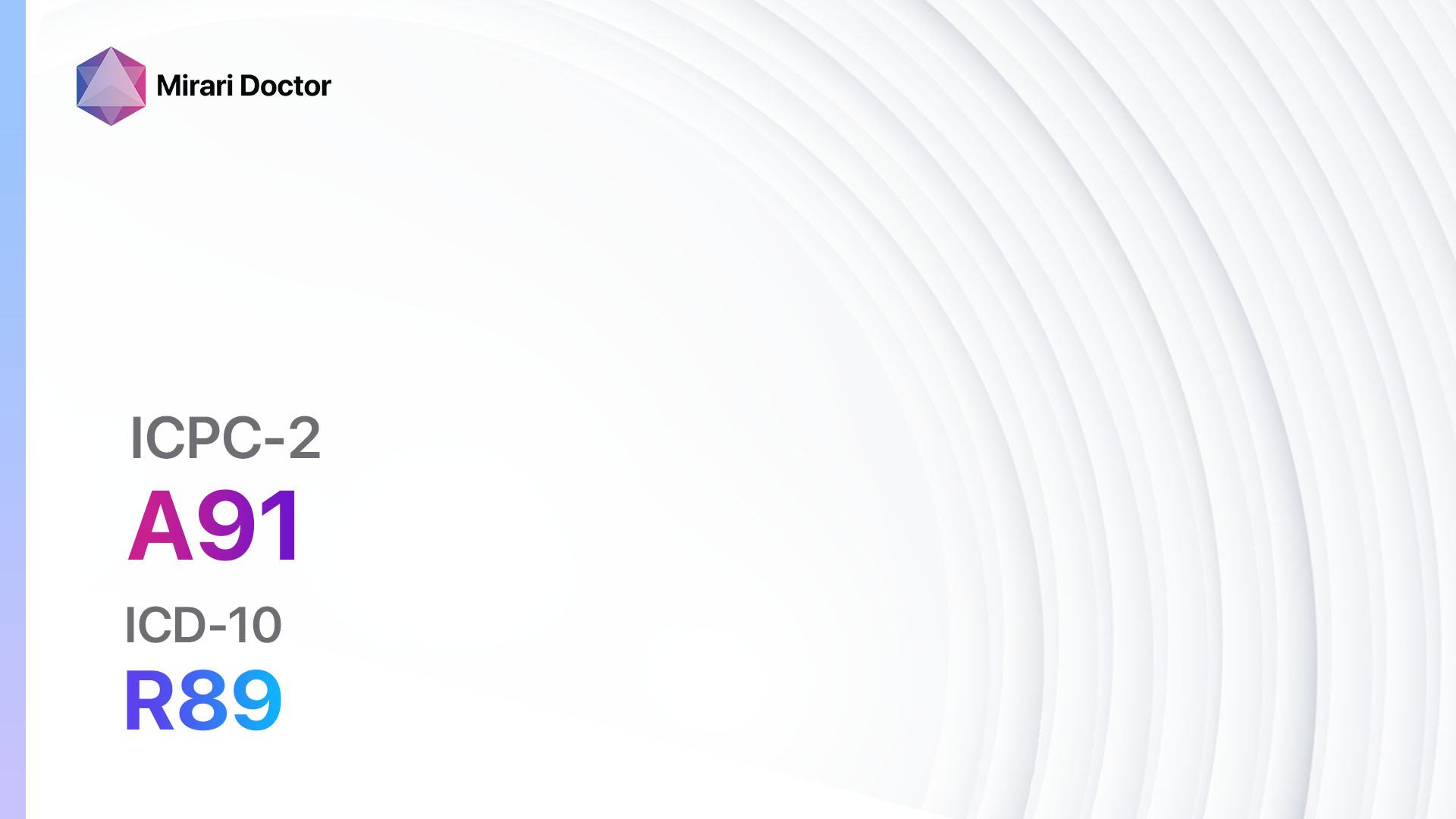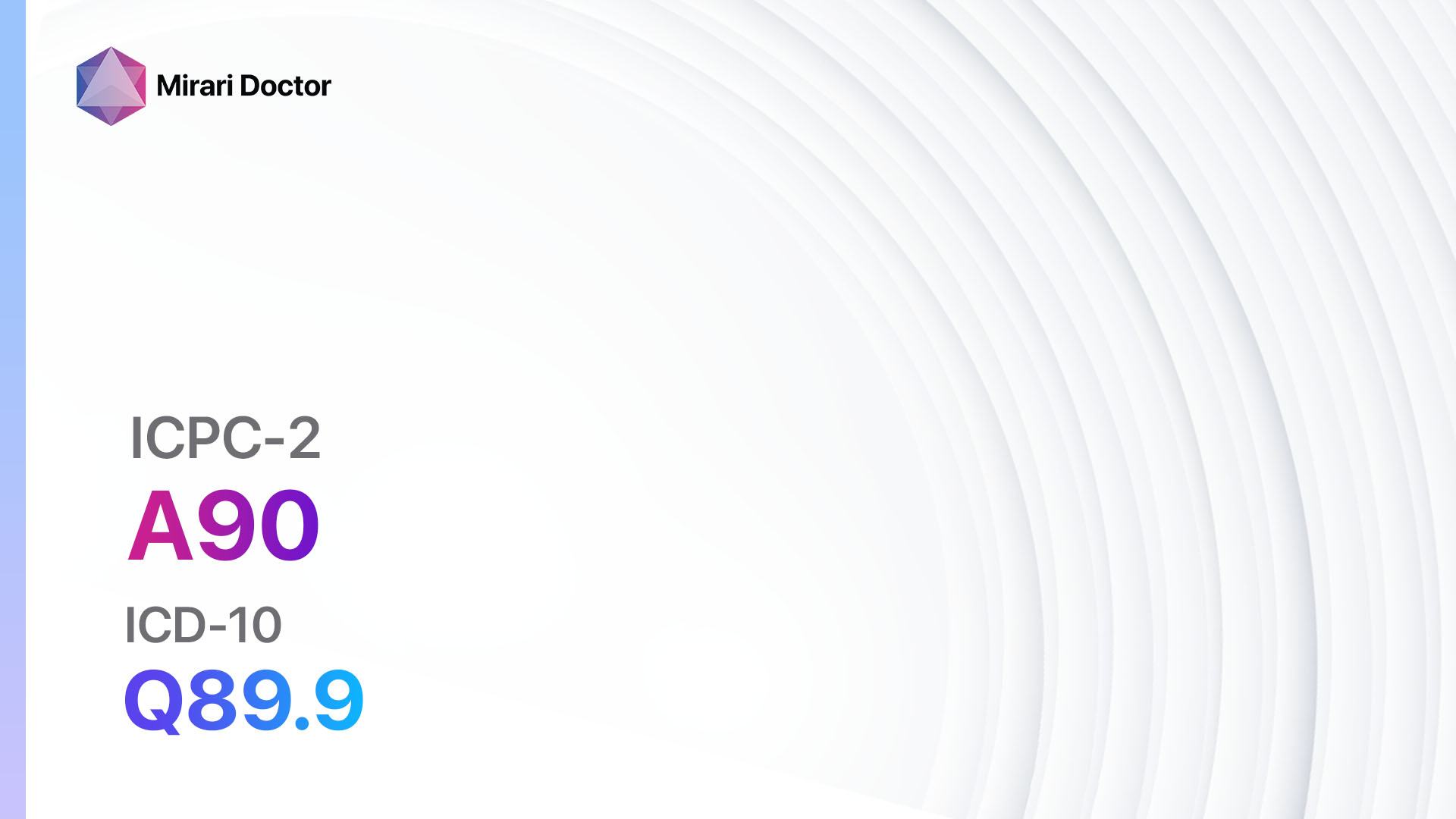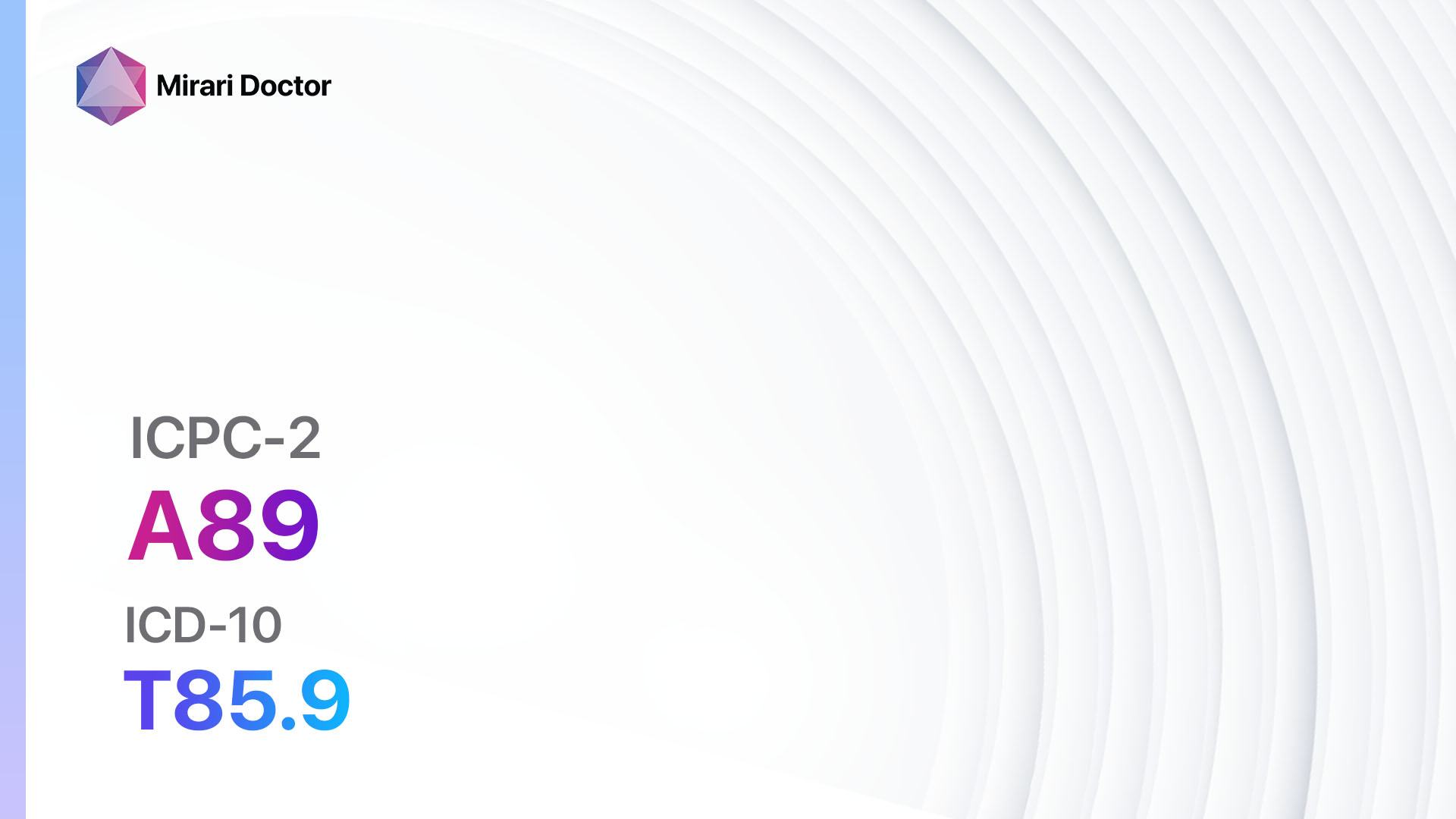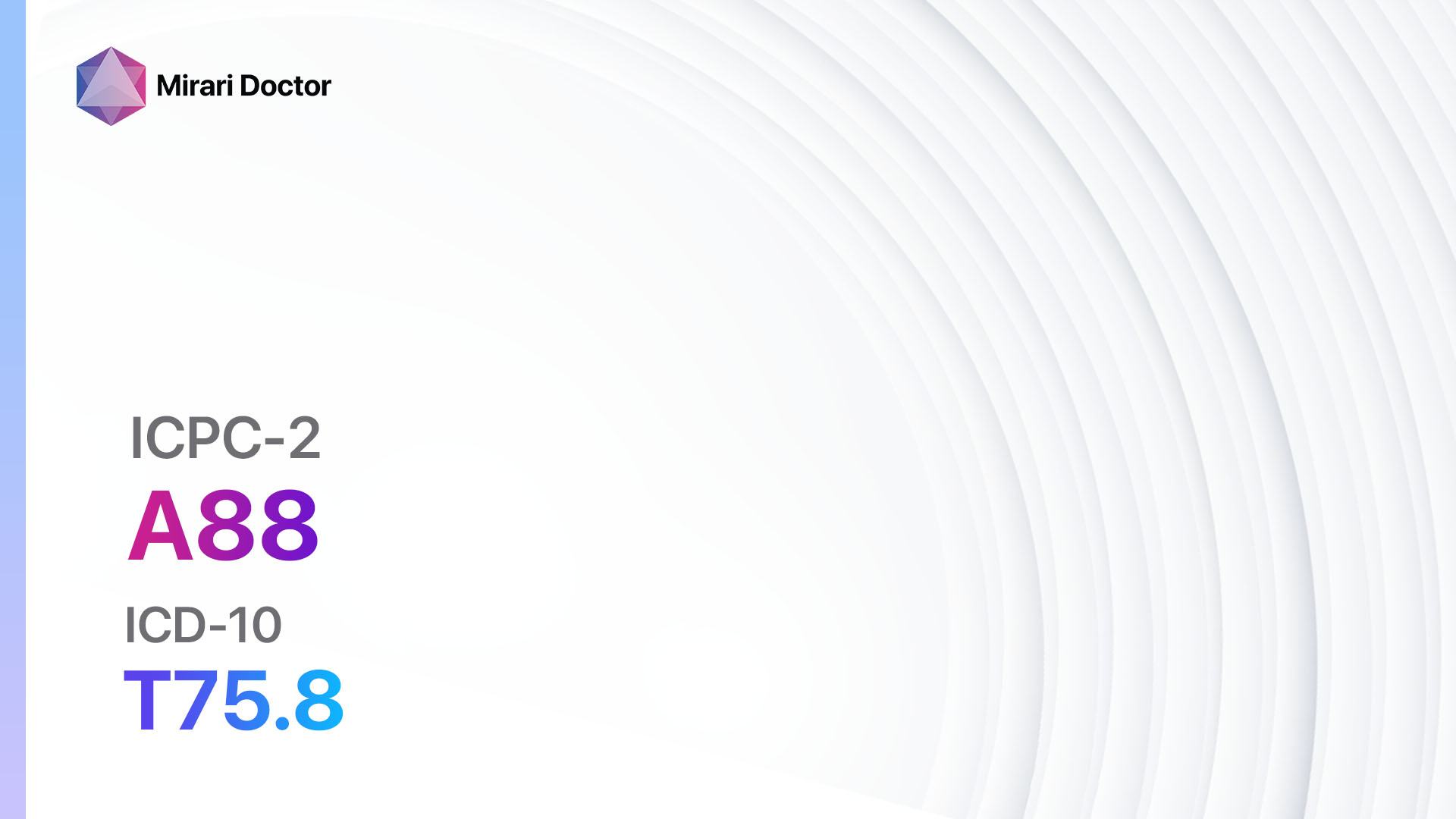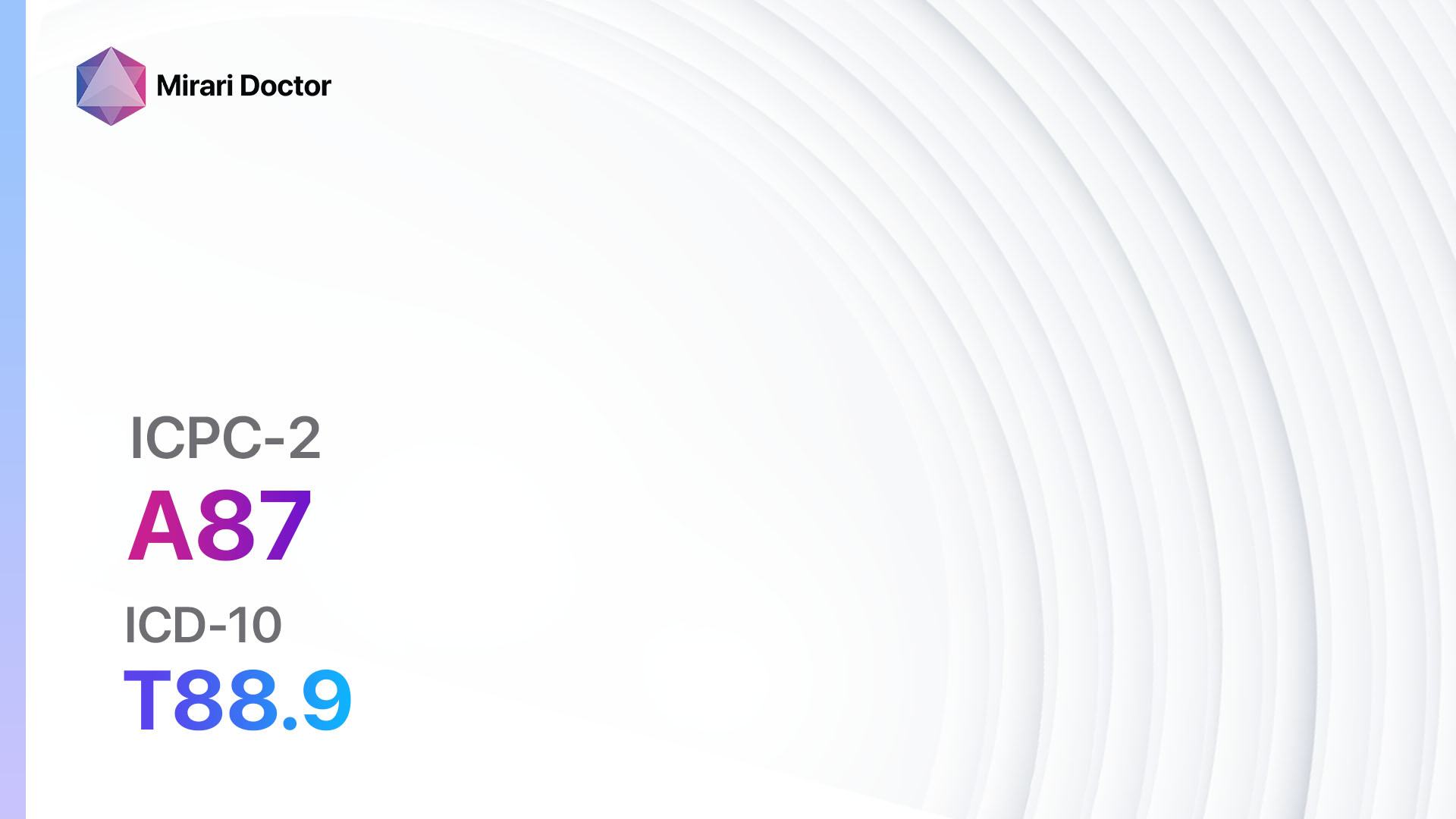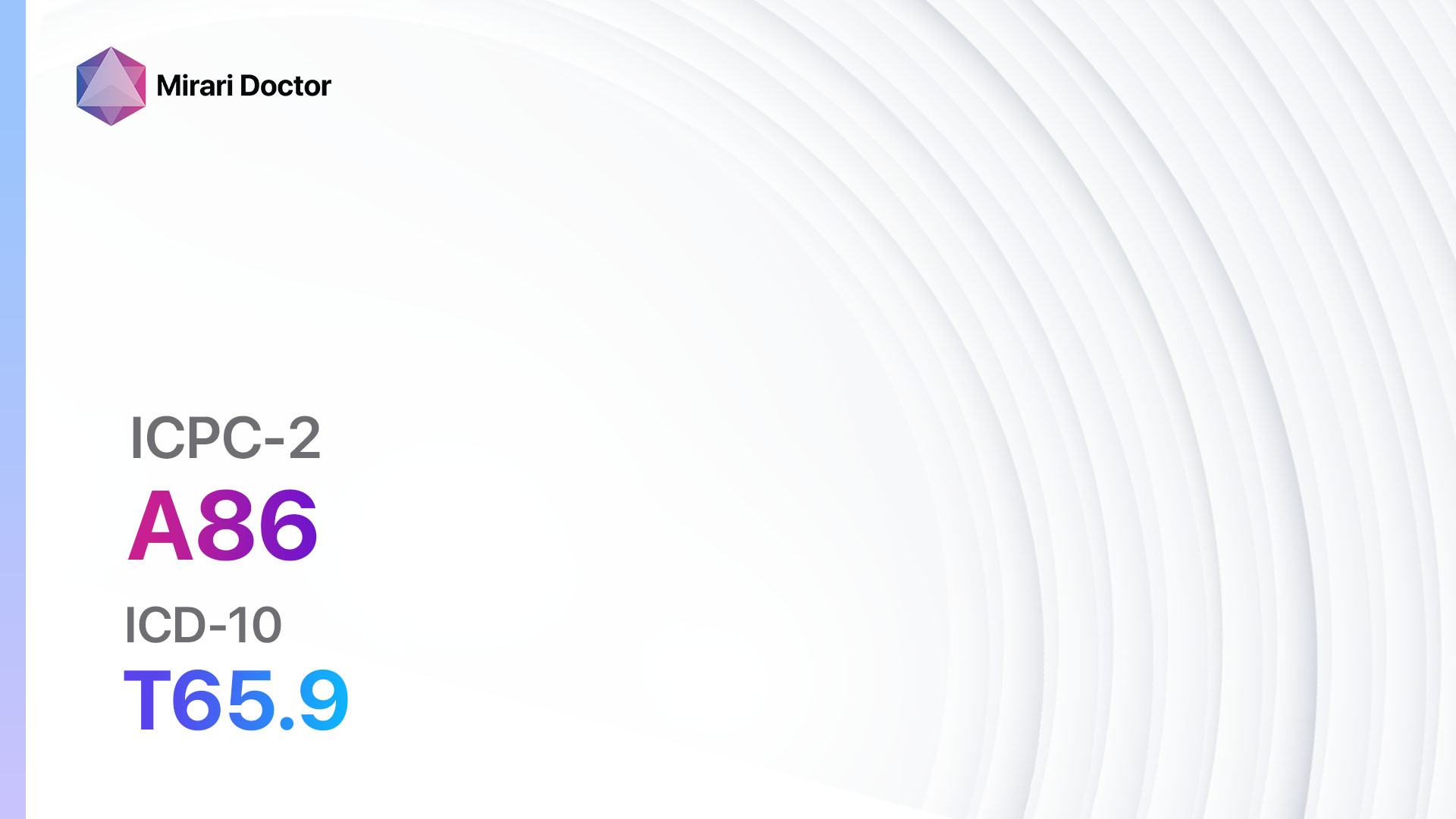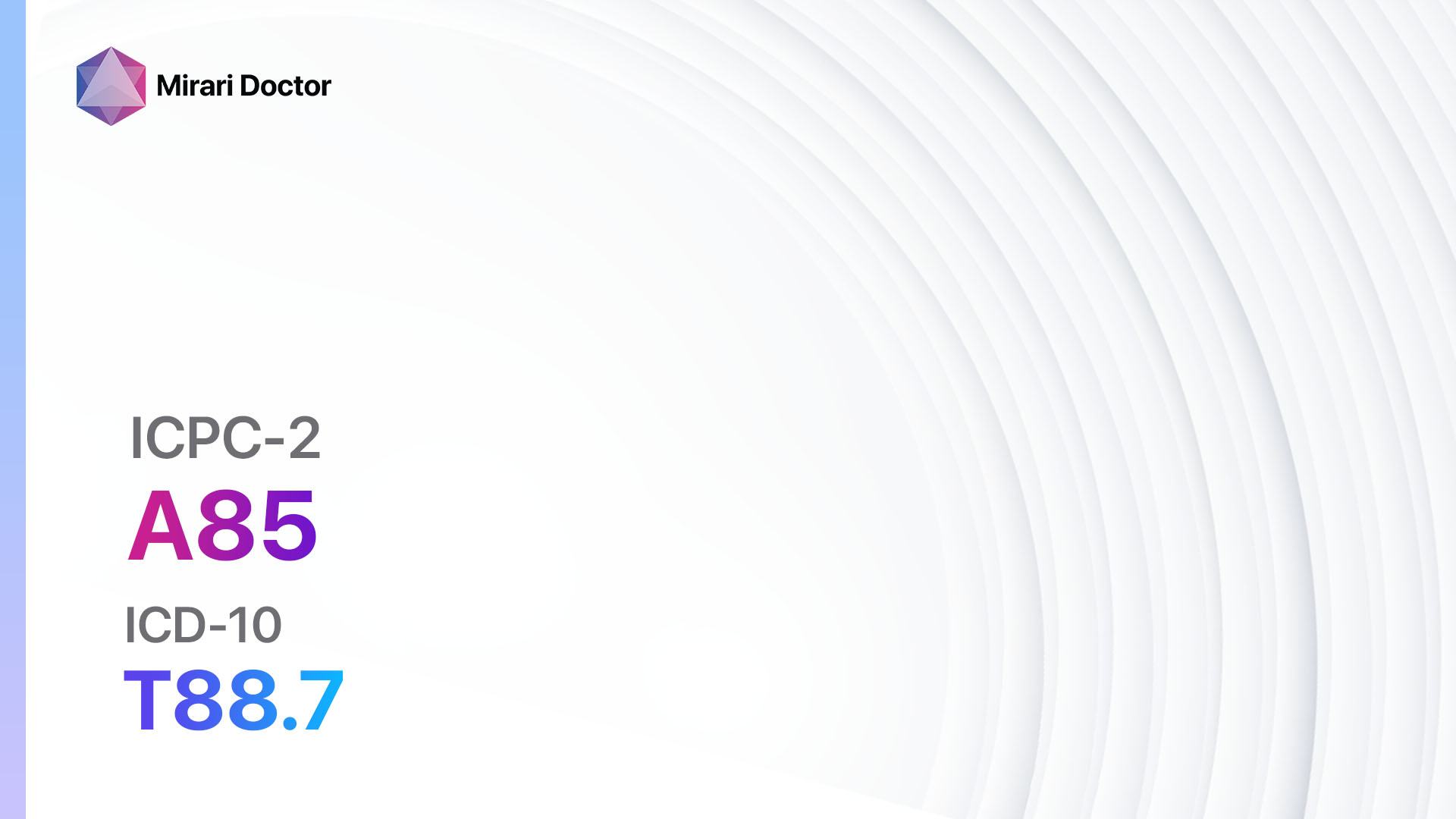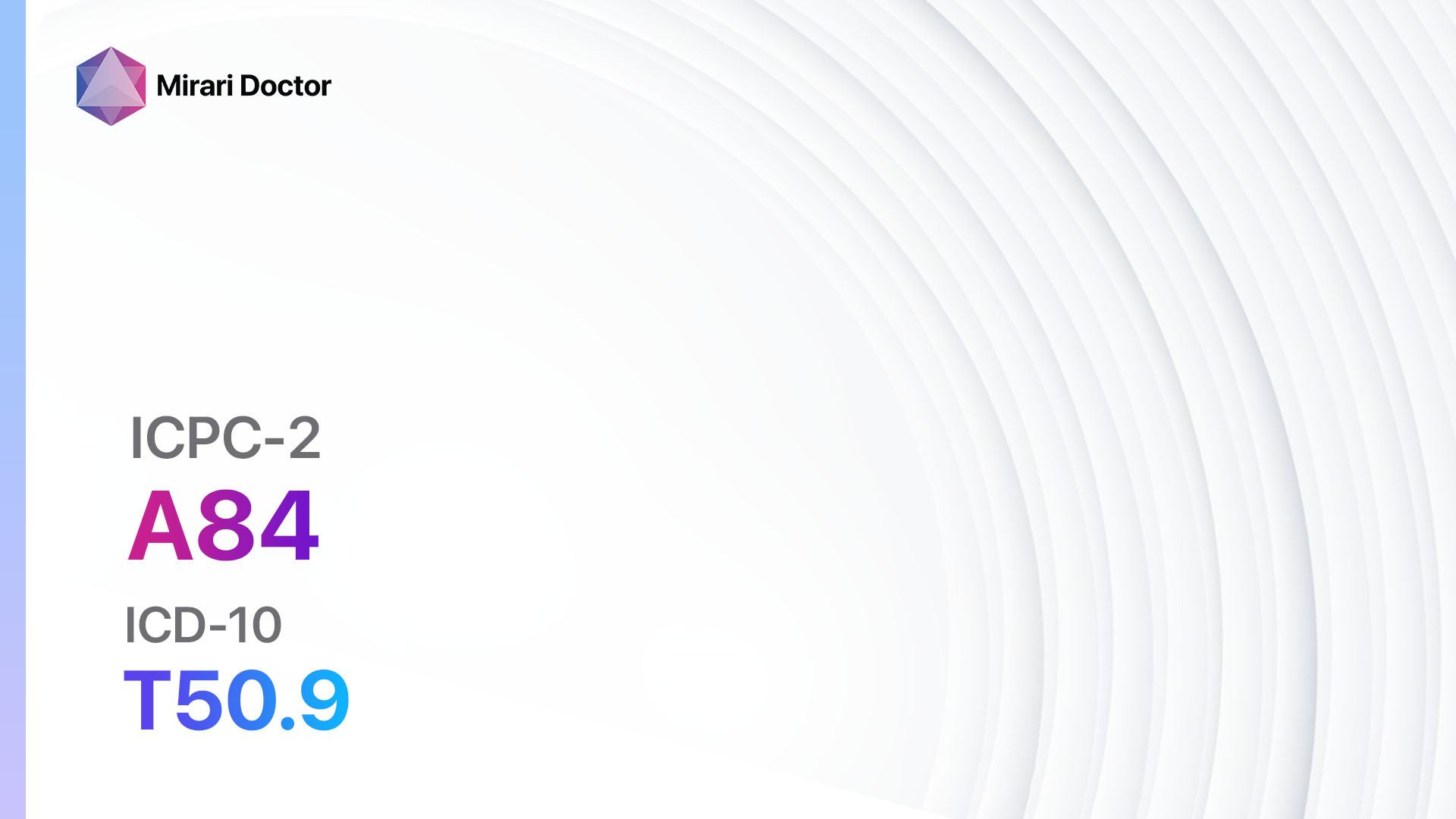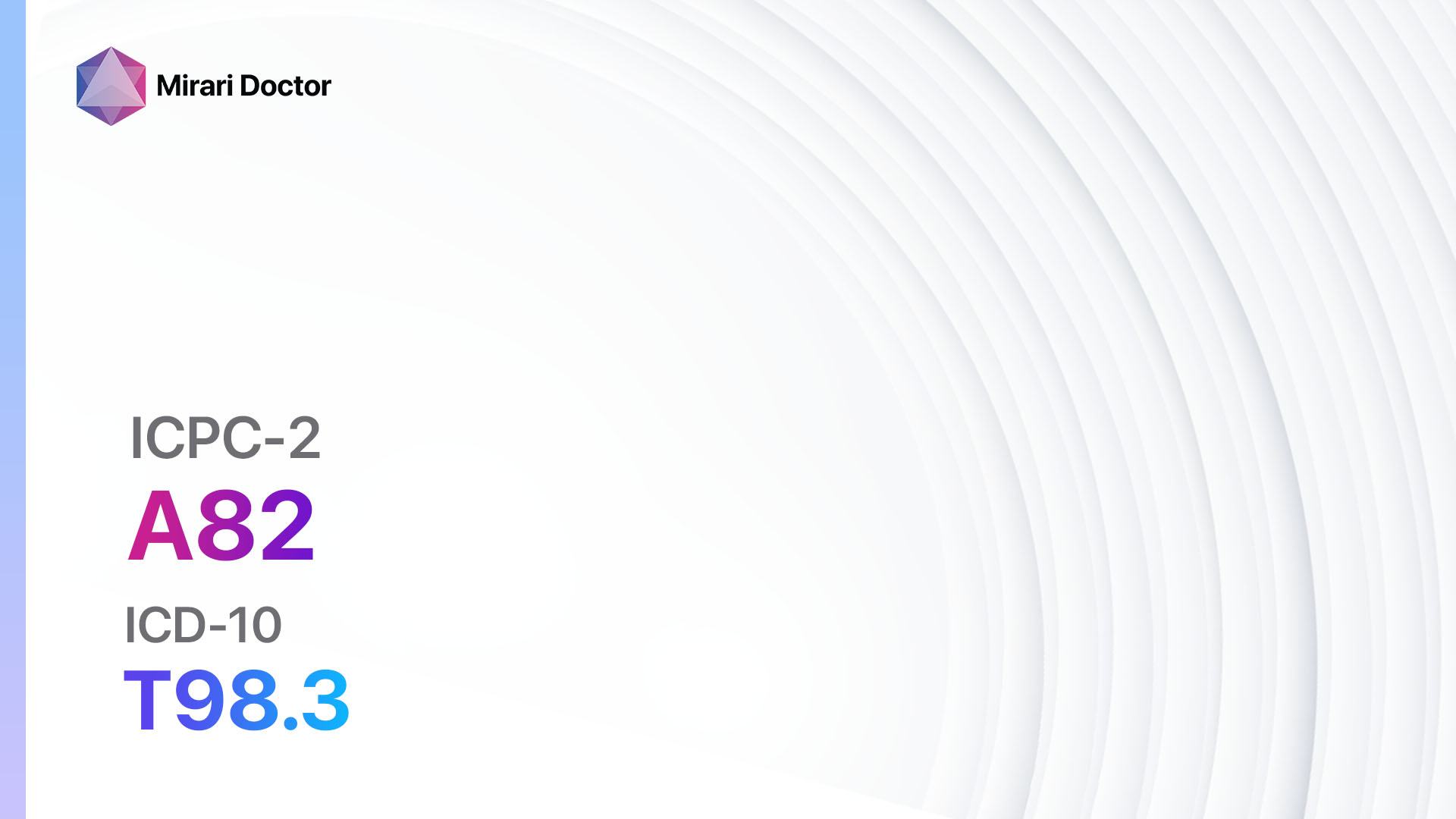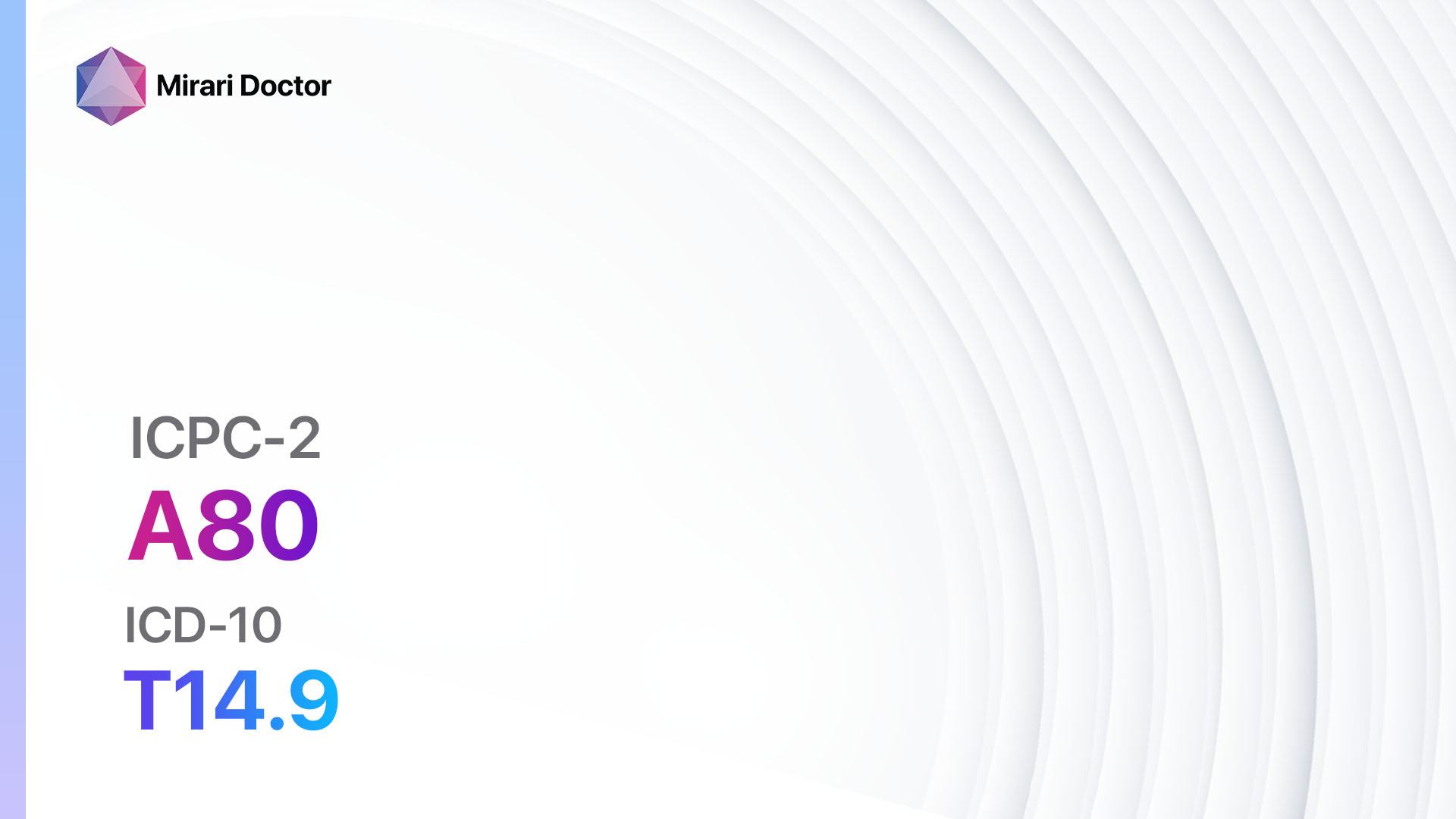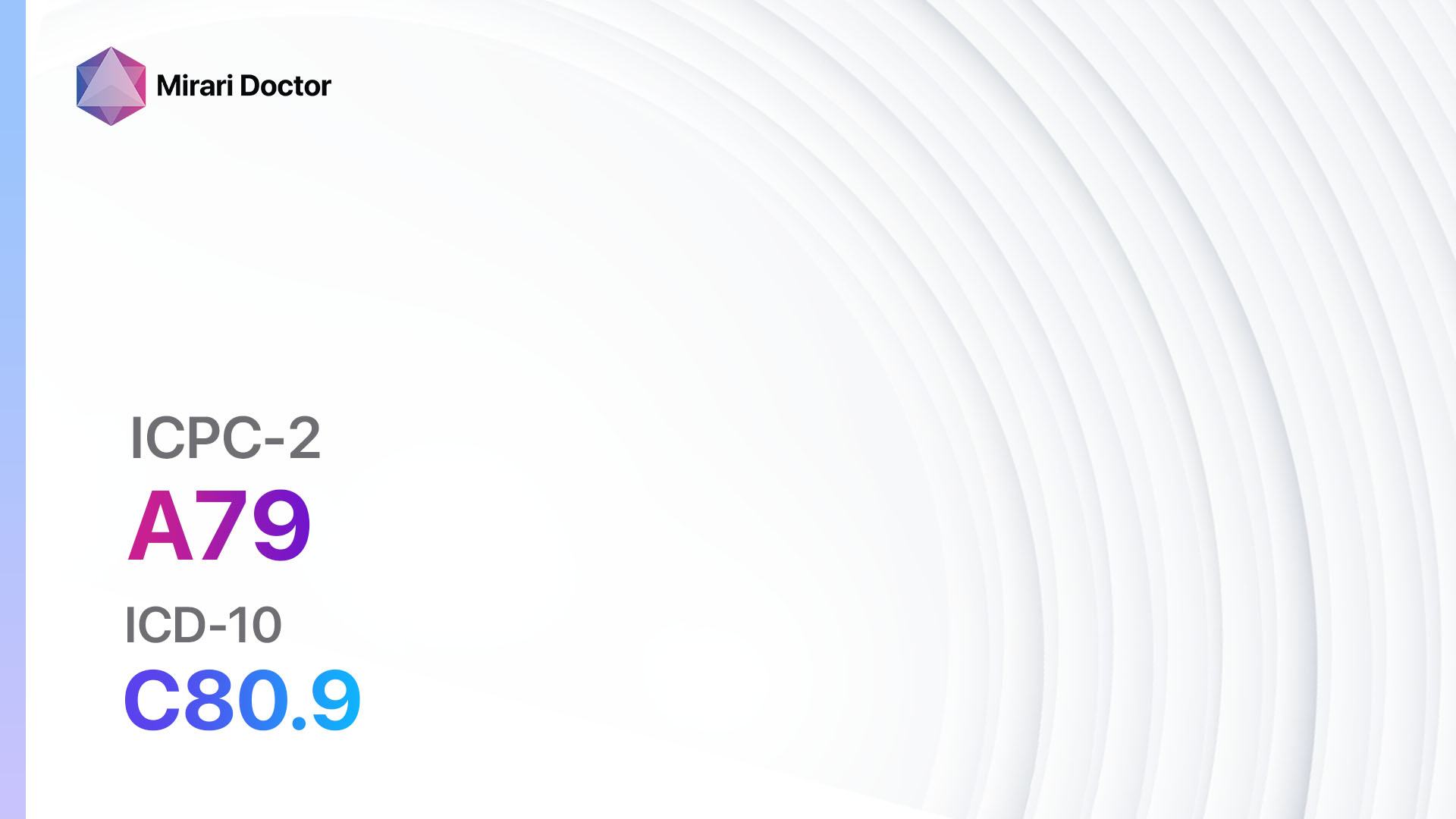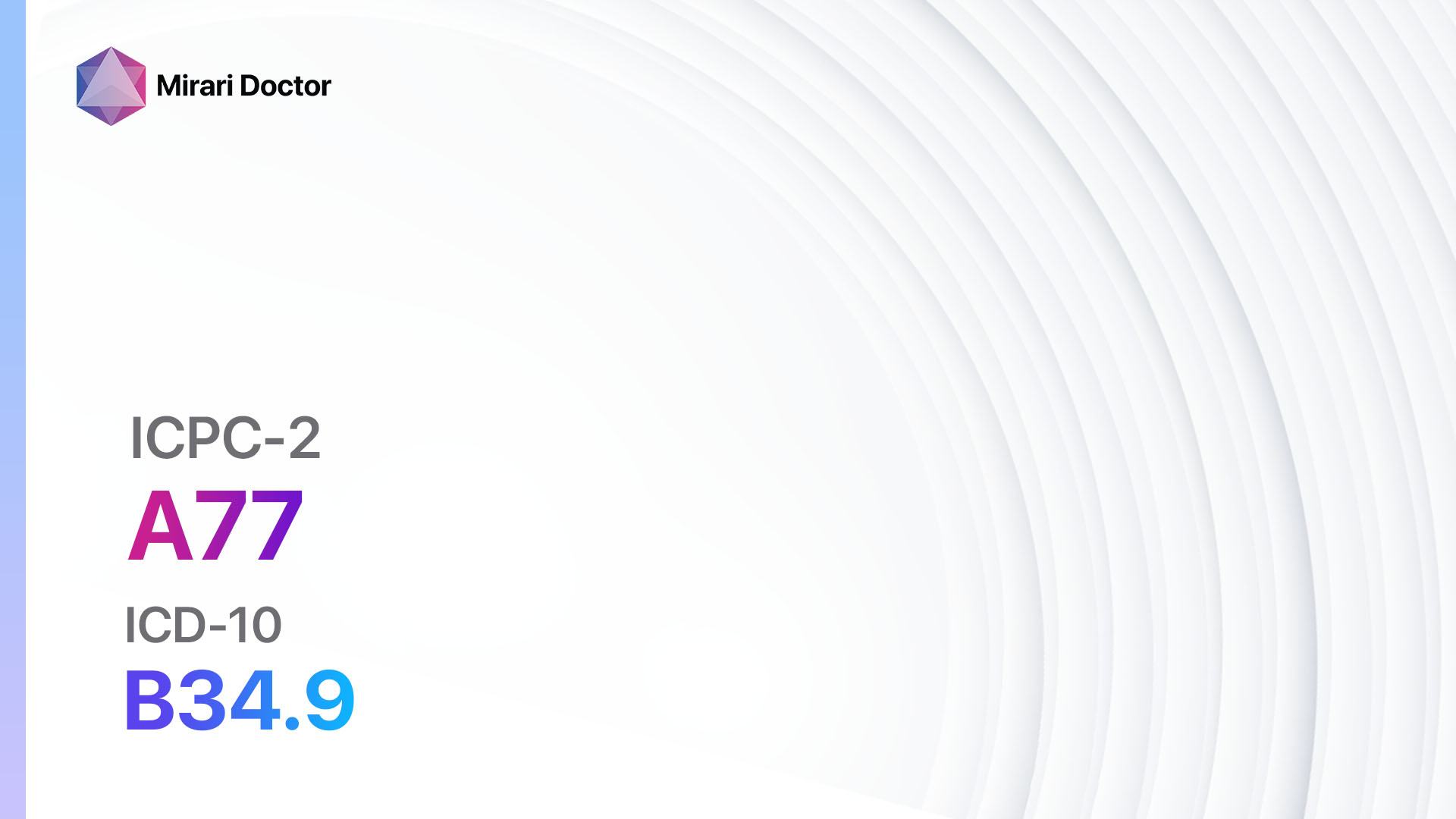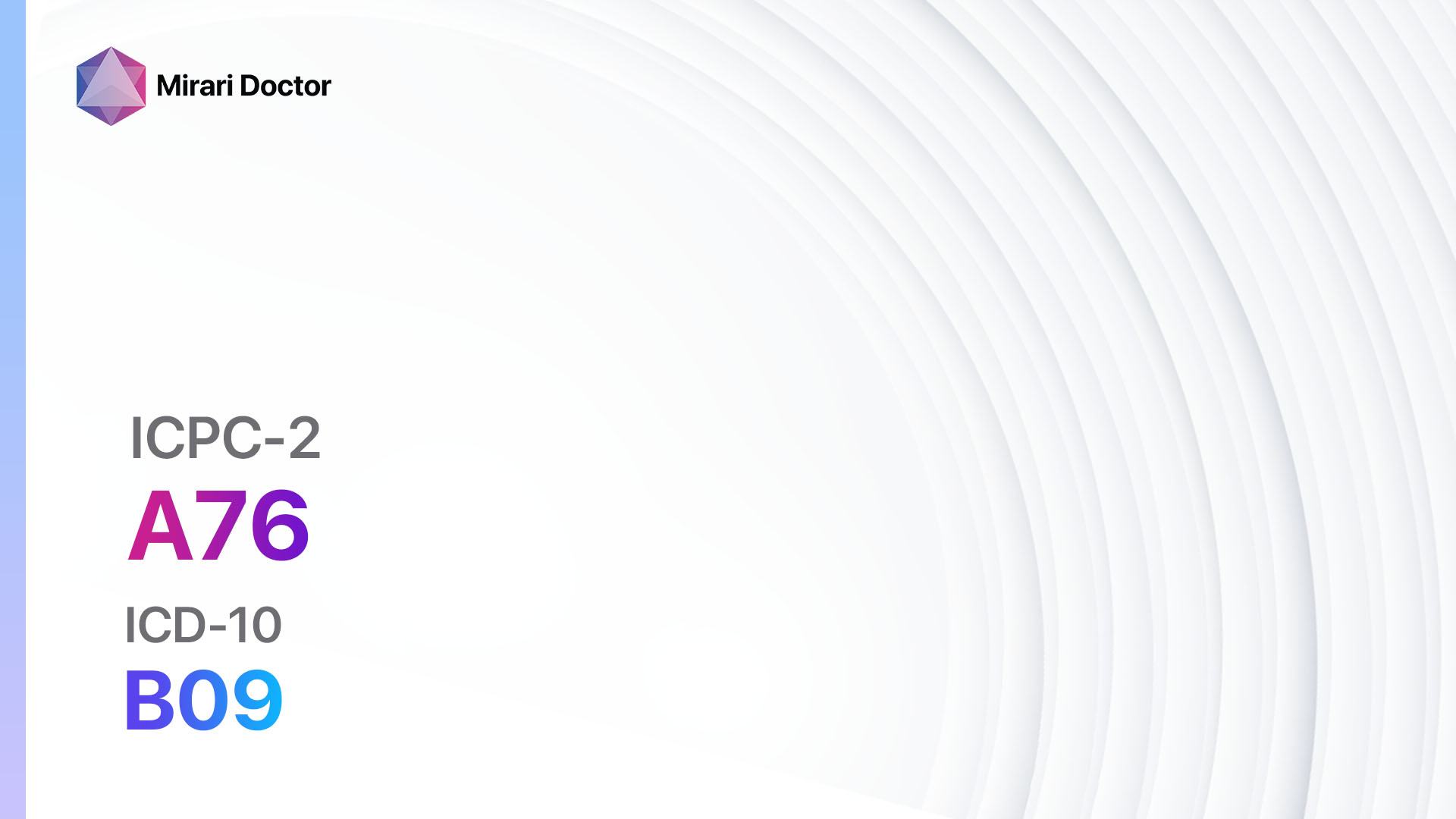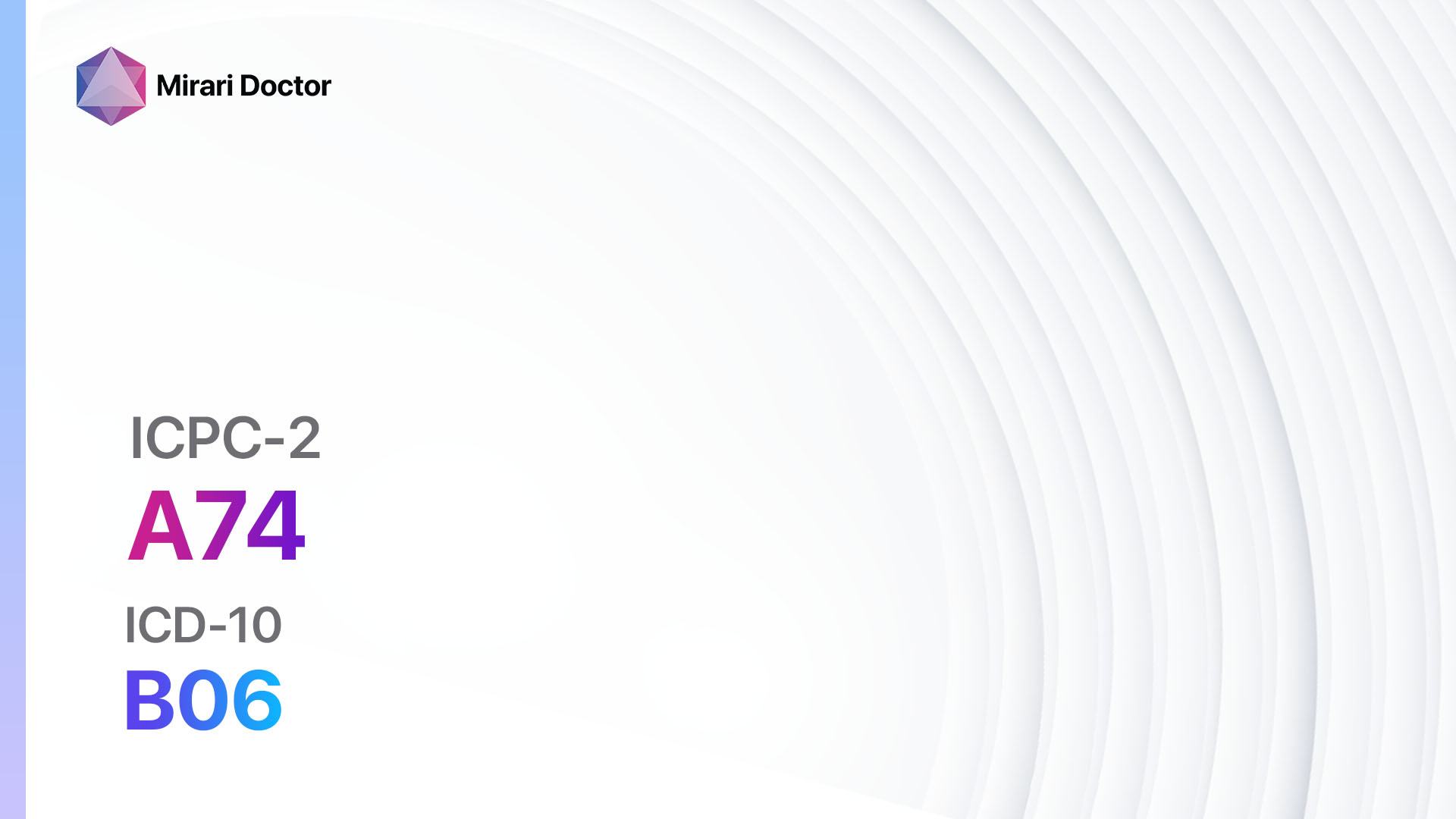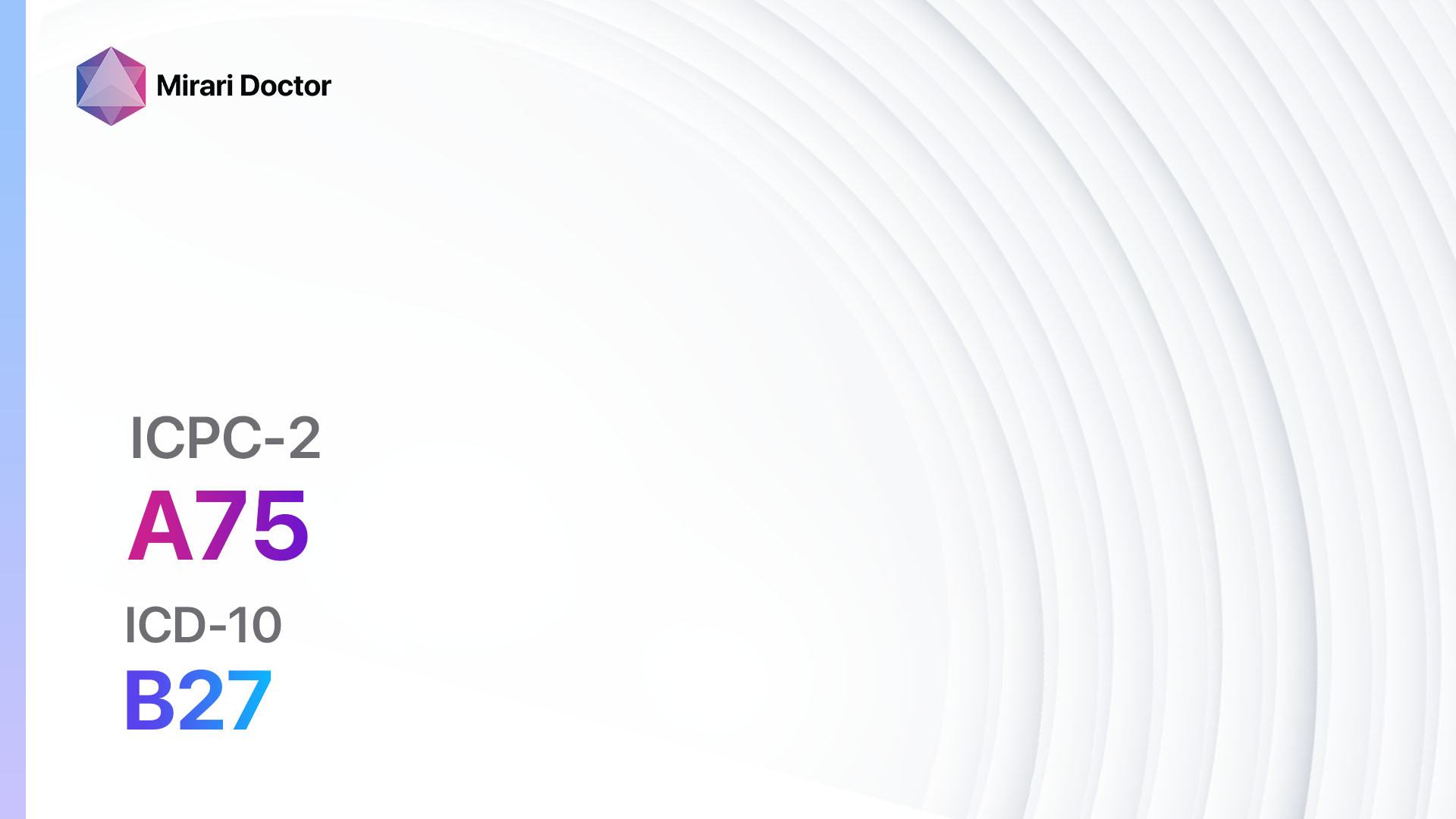
Introduction
Infectious mononucleosis, also known as mono or glandular fever, is a viral infection caused by the Epstein-Barr virus (EBV)[1]. It is most commonly seen in teenagers and young adults[2]. The aim of this guide is to provide a comprehensive overview of the symptoms, causes, diagnostic steps, possible interventions, and patient education for infectious mononucleosis.
Codes
Symptoms
- Fatigue: Persistent and overwhelming tiredness[3]
- Sore throat: Severe throat pain and discomfort[4]
- Fever: High body temperature (above 101°F or 38.3°C)[5]
- Swollen lymph nodes: Enlarged lymph nodes, especially in the neck and armpits[6]
- Headache: Persistent and severe headaches[7]
- Muscle aches: Generalized body aches and pains[8]
- Rash: A non-itchy rash may develop in some cases[9]
- Loss of appetite: Decreased desire to eat[10]
- Enlarged spleen: Swelling and tenderness in the upper left abdomen
- Jaundice: Yellowing of the skin and eyes (rare)
Causes
- Epstein-Barr virus (EBV) infection: The primary cause of infectious mononucleosis
- Close contact with infected individuals: The virus spreads through saliva, hence kissing, sharing utensils, or coughing/sneezing can transmit the infection
Diagnostic Steps
Medical History
- Gather information about the patient’s symptoms, duration, and severity
- Inquire about recent exposure to individuals with infectious mononucleosis
- Assess for risk factors, such as a weakened immune system or recent use of certain medications
Physical Examination
- Observe for signs of enlarged lymph nodes, especially in the neck and armpits
- Check for an enlarged spleen or liver through palpation of the abdomen
- Evaluate the throat for redness, swelling, or white patches
Laboratory Tests
- Complete blood count (CBC): May show an increased number of white blood cells (lymphocytosis) and atypical lymphocytes
- Monospot test: Detects antibodies specific to infectious mononucleosis
- Epstein-Barr virus (EBV) antibody tests: Determine the presence of antibodies to EBV
- Liver function tests: Assess liver function and detect any abnormalities
Diagnostic Imaging
- Generally, diagnostic imaging is not required for the diagnosis of infectious mononucleosis. However, in rare cases, imaging may be performed to evaluate complications such as an enlarged spleen or liver.
Other Tests
- Throat swab: May be done to rule out other causes of sore throat, such as strep throat
- Serologic testing for other viral infections: To differentiate infectious mononucleosis from other viral illnesses with similar symptoms
Follow-up and Patient Education
- Advise the patient to rest and avoid strenuous activities until symptoms improve
- Educate the patient about the contagious nature of infectious mononucleosis and the importance of practicing good hygiene to prevent transmission
- Provide information on self-care measures, such as staying hydrated, using over-the-counter pain relievers, and gargling with warm saltwater for throat pain relief
- Schedule a follow-up appointment to monitor the patient’s progress and ensure resolution of symptoms
Possible Interventions
Traditional Interventions
Medications:
Top 5 drugs for Infectious mononucleosis:
- Acetaminophen (Tylenol):
- Cost: $5-$15 for a bottle of 100 tablets.
- Contraindications: Severe liver disease, alcoholism.
- Side effects: Rare, but can include allergic reactions or liver damage with high doses.
- Severe side effects: Liver failure (rare).
- Drug interactions: Alcohol, other medications containing acetaminophen.
- Warning: Do not exceed the recommended dosage.
- Nonsteroidal anti-inflammatory drugs (NSAIDs) (e.g., Ibuprofen):
- Cost: $5-$15 for a bottle of 100 tablets.
- Contraindications: Active peptic ulcer disease, severe kidney disease.
- Side effects: Upset stomach, heartburn, stomach ulcers.
- Severe side effects: Gastrointestinal bleeding, kidney damage.
- Drug interactions: Other NSAIDs, blood thinners.
- Warning: Take with food to minimize stomach upset.
- Corticosteroids (e.g., Prednisone):
- Cost: $10-$30 for a bottle of 30 tablets.
- Contraindications: Fungal infections, uncontrolled hypertension.
- Side effects: Increased appetite, weight gain, mood changes.
- Severe side effects: Adrenal suppression, osteoporosis.
- Drug interactions: NSAIDs, anticoagulants.
- Warning: Do not stop abruptly; taper off gradually.
- Antiviral medications (e.g., Valacyclovir):
- Cost: $20-$100 for a bottle of 30 tablets.
- Contraindications: Hypersensitivity to the medication.
- Side effects: Headache, nausea, diarrhea.
- Severe side effects: Seizures (rare).
- Drug interactions: Probenecid, cimetidine.
- Warning: Start treatment within 72 hours of symptom onset for maximum effectiveness.
- Antibiotics (e.g., Amoxicillin):
- Cost: $10-$30 for a bottle of 30 capsules.
- Contraindications: Hypersensitivity to penicillin or cephalosporins.
- Side effects: Diarrhea, rash, yeast infections.
- Severe side effects: Severe allergic reactions (rare).
- Drug interactions: Methotrexate, oral contraceptives.
- Warning: Only prescribed if a secondary bacterial infection is suspected.
Alternative Drugs:
- Herbal remedies: Echinacea, licorice root, and elderberry are commonly used to boost the immune system and alleviate symptoms. Cost: Varies depending on the specific product.
- Probiotics: May help restore the balance of gut bacteria and support the immune system. Cost: $10-$30 for a bottle of 30 capsules.
- Vitamin C: High-dose vitamin C supplements are believed to enhance immune function. Cost: $10-$20 for a bottle of 100 tablets.
- Lysine: An amino acid that may help reduce the severity and duration of symptoms. Cost: $5-$15 for a bottle of 100 tablets.
- Zinc: May help boost the immune system and reduce the duration of symptoms. Cost: $5-$15 for a bottle of 100 tablets.
Lifestyle Interventions
- Adequate rest: Encourage the patient to get plenty of sleep and rest to support the immune system.
- Hydration: Drink plenty of fluids, such as water, herbal tea, and clear broths, to stay hydrated.
- Balanced diet: Emphasize the importance of consuming a nutritious diet rich in fruits, vegetables, and lean proteins to support the immune system.
- Avoid contact sports: Due to the risk of splenic rupture, advise the patient to avoid contact sports or activities that may cause abdominal trauma.
- Stress management: Encourage stress reduction techniques, such as meditation, deep breathing exercises, or engaging in hobbies, to support overall well-being.
It is important to note that the cost ranges provided are approximate and may vary depending on the location and availability of the interventions.
Mirari Cold Plasma Alternative Intervention
Understanding Mirari Cold Plasma
- Safe and Non-Invasive Treatment: Mirari Cold Plasma is a safe and non-invasive treatment option for various skin conditions. It does not require incisions, minimizing the risk of scarring, bleeding, or tissue damage.
- Efficient Extraction of Foreign Bodies: Mirari Cold Plasma facilitates the removal of foreign bodies from the skin by degrading and dissociating organic matter, allowing easier access and extraction.
- Pain Reduction and Comfort: Mirari Cold Plasma has a local analgesic effect, providing pain relief during the treatment, making it more comfortable for the patient.
- Reduced Risk of Infection: Mirari Cold Plasma has antimicrobial properties, effectively killing bacteria and reducing the risk of infection.
- Accelerated Healing and Minimal Scarring: Mirari Cold Plasma stimulates wound healing and tissue regeneration, reducing healing time and minimizing the formation of scars.
Mirari Cold Plasma Prescription
Video instructions for using Mirari Cold Plasma Device – A75 Infectious mononucleosis (ICD-10:B27)
| Mild | Moderate | Severe |
| Mode setting: 1 (Infection) Location: 0 (Localized) Morning: 15 minutes, Evening: 15 minutes |
Mode setting: 1 (Infection) Location: 0 (Localized) Morning: 30 minutes, Lunch: 30 minutes, Evening: 30 minutes |
Mode setting: 1 (Infection) Location: 0 (Localized) Morning: 30 minutes, Lunch: 30 minutes, Evening: 30 minutes |
| Mode setting: 3 (Antiviral Therapy) Location: 0 (Localized) Morning: 15 minutes, Evening: 15 minutes |
Mode setting: 3 (Antiviral Therapy) Location: 0 (Localized) Morning: 30 minutes, Lunch: 30 minutes, Evening: 30 minutes |
Mode setting: 3 (Antiviral Therapy) Location: 0 (Localized) Morning: 30 minutes, Lunch: 30 minutes, Evening: 30 minutes |
| Mode setting: 7 (Immunotherapy) Location: 1 (Sacrum) Morning: 15 minutes, Evening: 15 minutes |
Mode setting: 7 (Immunotherapy) Location: 1 (Sacrum) Morning: 30 minutes, Lunch: 30 minutes, Evening: 30 minutes |
Mode setting: 7 (Immunotherapy) Location: 1 (Sacrum) Morning: 30 minutes, Lunch: 30 minutes, Evening: 30 minutes |
| Mode setting: 7 (Immunotherapy) Location: 3 (Kidney, Liver & Spleen) Morning: 15 minutes, Evening: 15 minutes |
Mode setting: 7 (Immunotherapy) Location: 3 (Kidney, Liver & Spleen) Morning: 30 minutes, Lunch: 30 minutes, Evening: 30 minutes |
Mode setting: 7 (Immunotherapy) Location: 3 (Kidney, Liver & Spleen) Morning: 30 minutes, Lunch: 30 minutes, Evening: 30 minutes |
| Total Morning: 60 minutes approx. $10 USD, Evening: 60 minutes approx. $10 USD |
Total Morning: 120 minutes approx. $20 USD, Lunch: 120 minutes approx. $20 USD, Evening: 120 minutes approx. $20 USD, |
Total Morning: 120 minutes approx. $20 USD, Lunch: 120 minutes approx. $20 USD, Evening: 120 minutes approx. $20 USD, |
| Usual treatment for 7-60 days approx. $140 USD – $1200 USD | Usual treatment for 6-8 weeks approx. $2,520 USD – $3,360 USD |
Usual treatment for 3-6 months approx. $5,400 USD – $10,800 USD
|
 |
|
Use the Mirari Cold Plasma device to treat Infectious mononucleosis effectively.
WARNING: MIRARI COLD PLASMA IS DESIGNED FOR THE HUMAN BODY WITHOUT ANY ARTIFICIAL OR THIRD PARTY PRODUCTS. USE OF OTHER PRODUCTS IN COMBINATION WITH MIRARI COLD PLASMA MAY CAUSE UNPREDICTABLE EFFECTS, HARM OR INJURY. PLEASE CONSULT A MEDICAL PROFESSIONAL BEFORE COMBINING ANY OTHER PRODUCTS WITH USE OF MIRARI.
Step 1: Cleanse the Skin
- Start by cleaning the affected area of the skin with a gentle cleanser or mild soap and water. Gently pat the area dry with a clean towel.
Step 2: Prepare the Mirari Cold Plasma device
- Ensure that the Mirari Cold Plasma device is fully charged or has fresh batteries as per the manufacturer’s instructions. Make sure the device is clean and in good working condition.
- Switch on the Mirari device using the power button or by following the specific instructions provided with the device.
- Some Mirari devices may have adjustable settings for intensity or treatment duration. Follow the manufacturer’s instructions to select the appropriate settings based on your needs and the recommended guidelines.
Step 3: Apply the Device
- Place the Mirari device in direct contact with the affected area of the skin. Gently glide or hold the device over the skin surface, ensuring even coverage of the area experiencing.
- Slowly move the Mirari device in a circular motion or follow a specific pattern as indicated in the user manual. This helps ensure thorough treatment coverage.
Step 4: Monitor and Assess:
- Keep track of your progress and evaluate the effectiveness of the Mirari device in managing your Infectious mononucleosis. If you have any concerns or notice any adverse reactions, consult with your health care professional.
Note
This guide is for informational purposes only and should not replace the advice of a medical professional. Always consult with your healthcare provider or a qualified medical professional for personal advice, diagnosis, or treatment. Do not solely rely on the information presented here for decisions about your health. Use of this information is at your own risk. The authors of this guide, nor any associated entities or platforms, are not responsible for any potential adverse effects or outcomes based on the content.
Mirari Cold Plasma System Disclaimer
- Purpose: The Mirari Cold Plasma System is a Class 2 medical device designed for use by trained healthcare professionals. It is registered for use in Thailand and Vietnam. It is not intended for use outside of these locations.
- Informational Use: The content and information provided with the device are for educational and informational purposes only. They are not a substitute for professional medical advice or care.
- Variable Outcomes: While the device is approved for specific uses, individual outcomes can differ. We do not assert or guarantee specific medical outcomes.
- Consultation: Prior to utilizing the device or making decisions based on its content, it is essential to consult with a Certified Mirari Tele-Therapist and your medical healthcare provider regarding specific protocols.
- Liability: By using this device, users are acknowledging and accepting all potential risks. Neither the manufacturer nor the distributor will be held accountable for any adverse reactions, injuries, or damages stemming from its use.
- Geographical Availability: This device has received approval for designated purposes by the Thai and Vietnam FDA. As of now, outside of Thailand and Vietnam, the Mirari Cold Plasma System is not available for purchase or use.
References
- Dunmire, S. K., Hogquist, K. A., & Balfour, H. H. (2015). Infectious Mononucleosis. Current Topics in Microbiology and Immunology, 390, 211–240. https://doi.org/10.1007/978-3-319-22822-8_9
- Luzuriaga, K., & Sullivan, J. L. (2010). Infectious mononucleosis. The New England Journal of Medicine, 362(21), 1993–2000. https://doi.org/10.1056/NEJMcp1001116
- Balfour, H. H., Jr, Dunmire, S. K., & Hogquist, K. A. (2015). Infectious mononucleosis. Clinical & Translational Immunology, 4(2), e33. https://doi.org/10.1038/cti.2015.1
- Ebell, M. H., Call, M., Shinholser, J., & Gardner, J. (2016). Does This Patient Have Infectious Mononucleosis?: The Rational Clinical Examination Systematic Review. JAMA, 315(14), 1502–1509. https://doi.org/10.1001/jama.2016.2111
- Lennon, P., Crotty, M., & Fenton, J. E. (2015). Infectious mononucleosis. BMJ (Clinical Research Ed.), 350, h1825. https://doi.org/10.1136/bmj.h1825
- Fugl, A., & Andersen, C. L. (2019). Epstein-Barr virus and its association with disease – a review of relevance to general practice. BMC Family Practice, 20(1), 62. https://doi.org/10.1186/s12875-019-0954-3
- Womack, J., & Jimenez, M. (2015). Common questions about infectious mononucleosis. American Family Physician, 91(6), 372–376.
- Aronson, M. D., & Auwaerter, P. G. (2019). Infectious mononucleosis in adults and adolescents. UpToDate. Retrieved from https://www.uptodate.com/contents/infectious-mononucleosis-in-adults-and-adolescents
- Odumade, O. A., Hogquist, K. A., & Balfour, H. H., Jr. (2011). Progress and problems in understanding and managing primary Epstein-Barr virus infections. Clinical Microbiology Reviews, 24(1), 193–209. https://doi.org/10.1128/CMR.00044-10
- Putukian, M., O’Connor, F. G., Stricker, P., McGrew, C., Hosey, R. G., Gordon, S. M., Kinderknecht, J., Kriss, V., & Landry, G. (2008). Mononucleosis and athletic participation: an evidence-based subject review. Clinical Journal of Sport Medicine: Official Journal of the Canadian Academy of Sport Medicine, 18(4), 309–315.
Related articles
Made in USA


